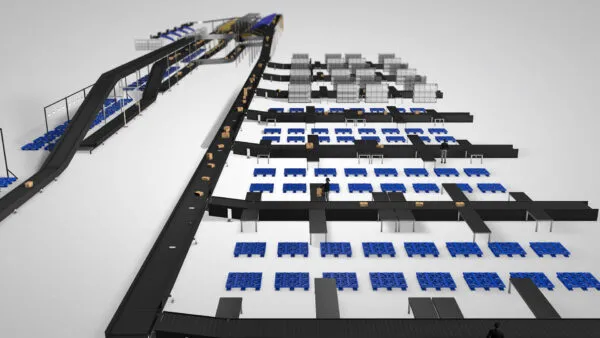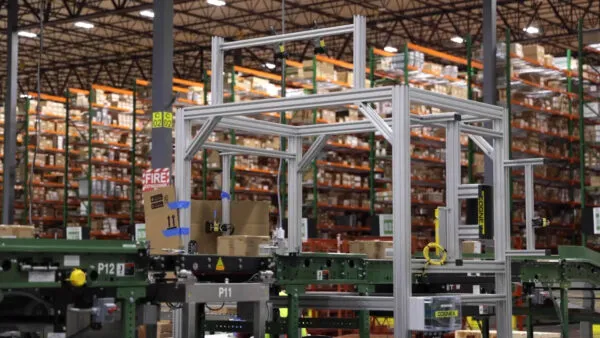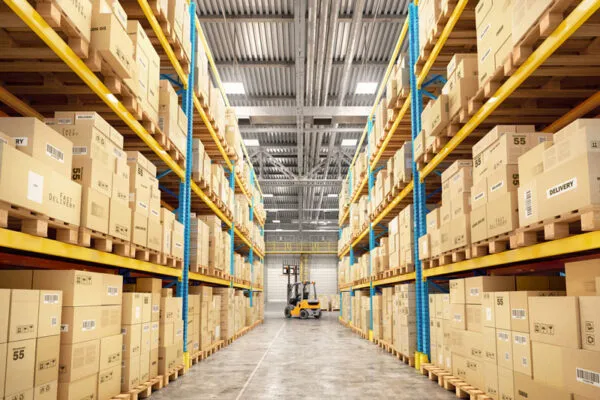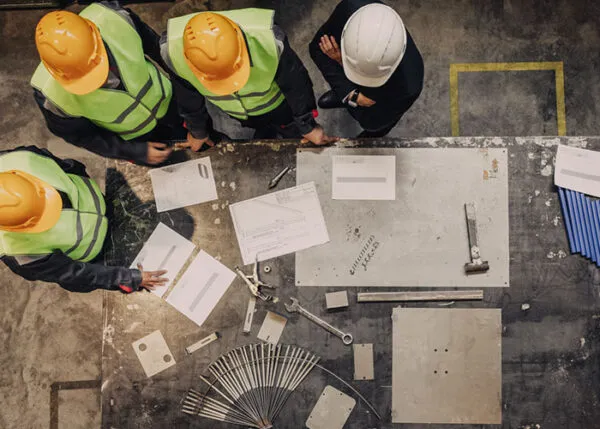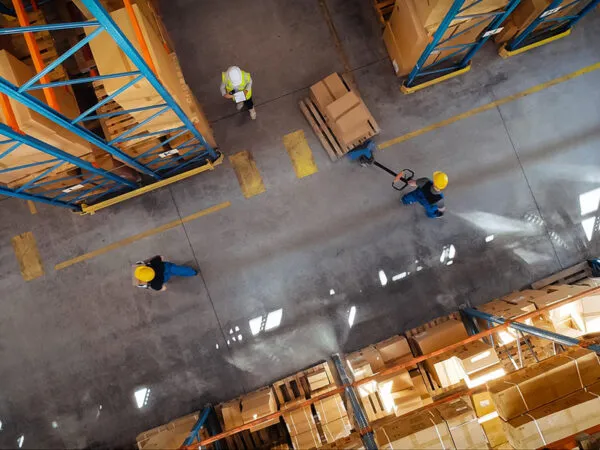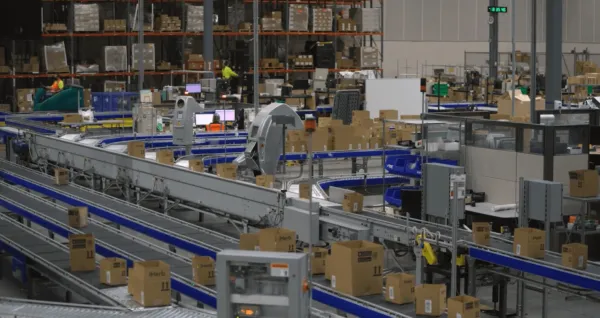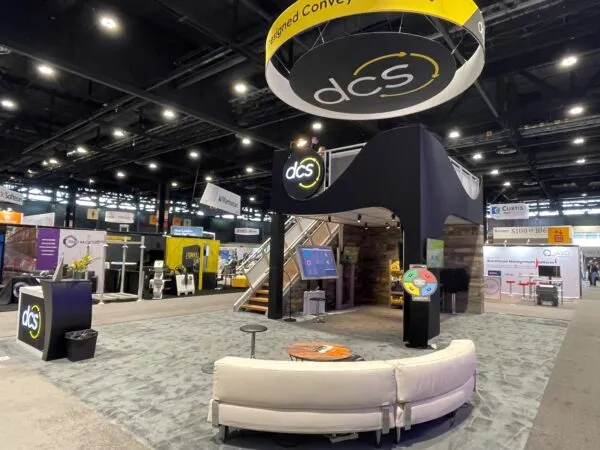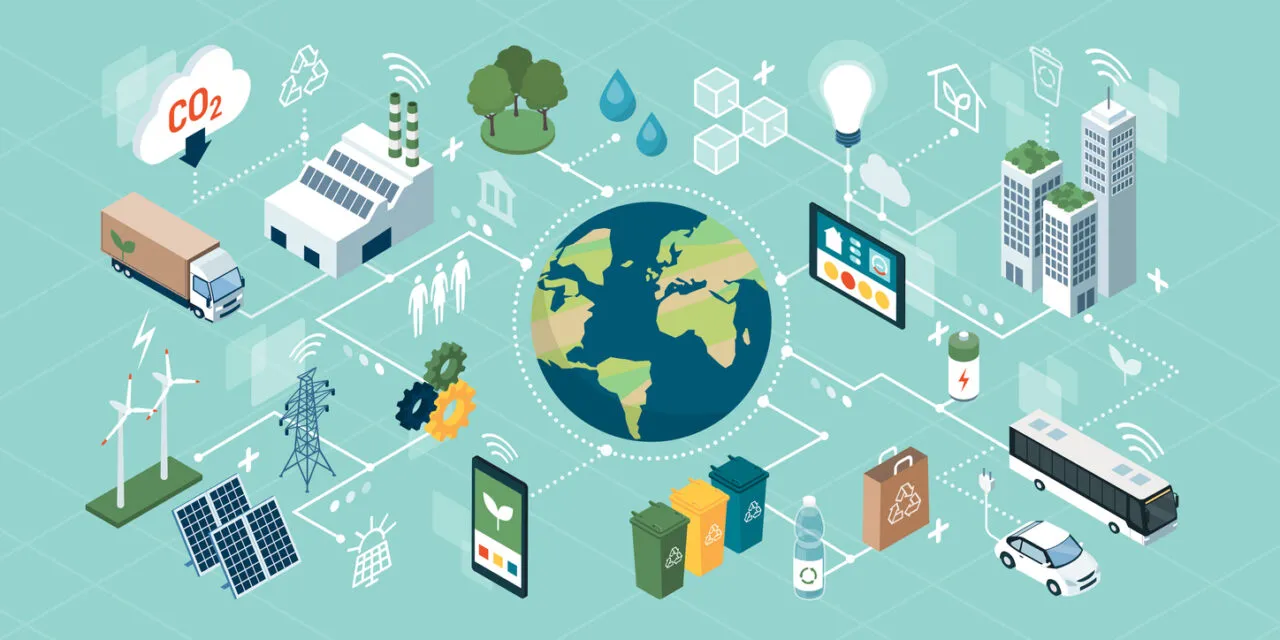Most companies investing in a new material handling system for their warehouse, parcel handling operation, or distribution center (DC) are looking to gain process efficiencies that bolster throughput and enhance the bottom line. Increasingly, however, more are looking to cultivate a different type of green by building sustainability into their next system design.
The reasons for this are multi-fold. First, more organizations are setting corporate-wide sustainability goals as part of their environmental, social, and governance (ESG) initiatives. Second, today’s consumers routinely indicate their preference for sustainable brands and products, according to the IBM Institute for Business Value. Indeed, a First Insight report cited by Forbes found that shoppers across all generations willingly spend more for sustainable products.
Third, Federal (and some state) government support—principally in the form of tax incentives, credits, and deductions—for businesses implementing systems that improve energy efficiency will be expanded through the Inflation Reduction Act of 2022. It includes provisions that mandate cutting emissions, fund advancements in green power, lower costs through additional tax credits, and more.
Regardless of your company’s motivation for becoming more environmentally friendly, now is a great time to be building sustainability into your next system design. Here are a few approaches to help meet these goals.
Improve power management. According to the US Energy Information Administration, the American industrial sector used 33% of the total US energy produced. One way to reduce that is by simply cutting the power on equipment when it’s not in use. While most people are familiar with motion detection sensors that trigger lights to illuminate when a person enters a certain space, fewer realize that mechanical and automated equipment can function similarly.
For example, photo-eye sensors added to separate conveyor zones can detect the presence, or absence, of an item and power the equipment as needed. Configured through the conveyor controls, these sensors can also prompt the conveyor section to power off after a certain, pre-programmed period of inactivity or time. Daisy chaining the sensor system enables sequential on/off conveyor function by zone for even greater energy savings.
Likewise, in a consolidation area housing multiple individual workstations positioned next to short spurs of conveyor that feed items to associates for pack-out, a similar power management approach is possible. Automated or manual on/off switches ensure power routes only to the conveyors integrated to occupied workstations; when the associate logs in, the control logic powers only the equipment in use.
Add automated storage. The era of limited height pallet rack, wide aisles, and vast expanses of open vertical space is drawing to a close. More operations are seeing environmental benefits from implementing highly compact automated storage and retrieval systems (ASRS). These solutions maximize inventory density while minimizing the building’s footprint. That can reduce the amount of energy required to heat, cool, and illuminate a building.
ASRS equipped with goods-to-person workstations also improve energy efficiency by continuously feeding required products to workers. This eliminates unnecessary product and personnel movement by forklift or conveyor, saving motive energy. It also puts an operation into a position to eventually deploy robotic picking arms for a transition to a lights-out order fulfillment operation or Dark DC.
Additionally, the motors and drives in automated systems are increasingly more energy efficient. Some even incorporate regenerative braking, which recovers and returns the kinetic energy from moving components as they slow down into useful energy that powers the system. This can likewise enhance an operation’s sustainability efforts.
Prioritize recycling systems. Trash takeaway conveyors have long been a part of many facilities. Today, however, operations looking to improve their sustainability have begun to automate the sorting and transport of waste to separate cardboard, plastic, stretchwrap, wood, garbage and more. This ensures that recyclables route to the appropriate handling system, such as a baler for cardboard, without contamination or human intervention. It also enables an operation to take advantage of recycling incentives from certain waste management service providers and local municipalities.
Looking for more ideas for how to design a more sustainable operation? Connect with us.
Author
Mike Prince, Project Director, Supply Chain Consulting mike@designedconveyor.com
